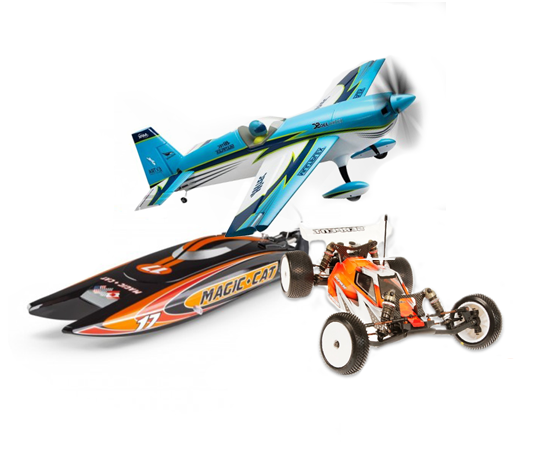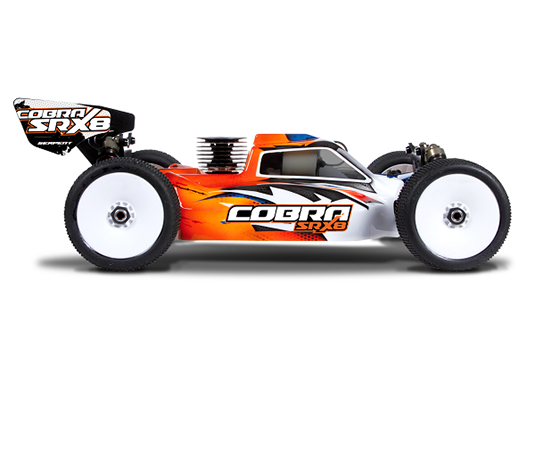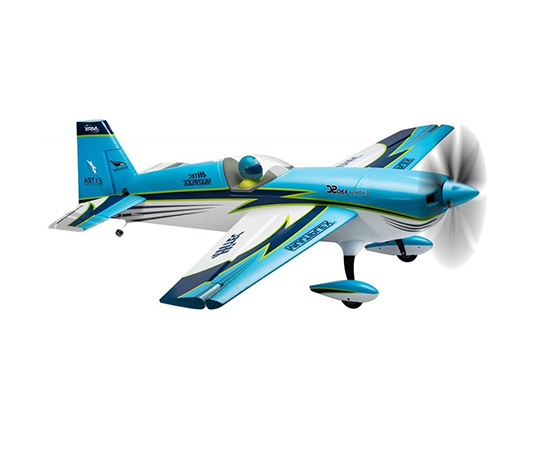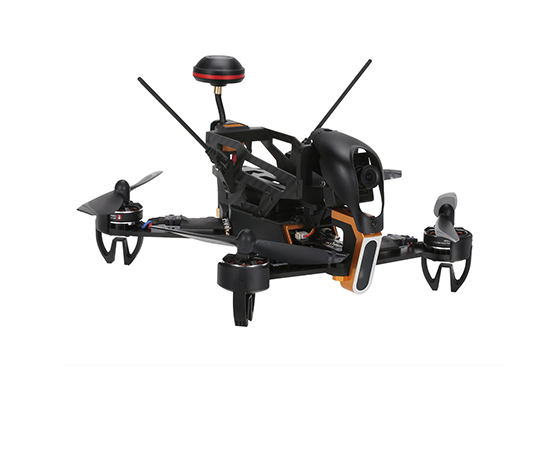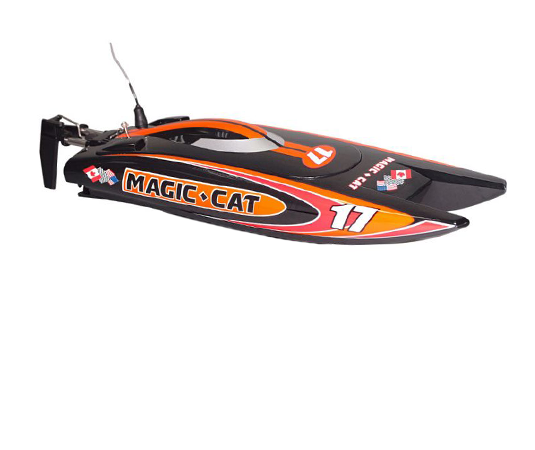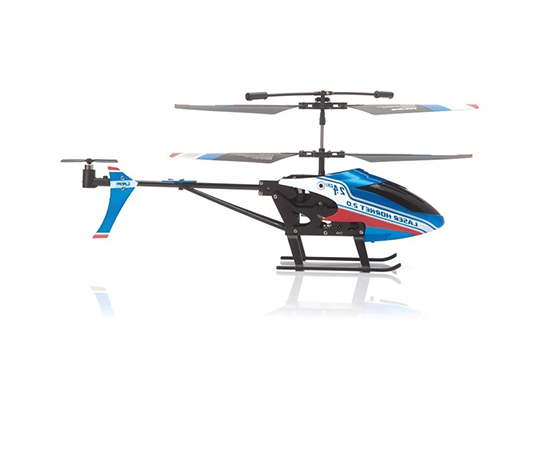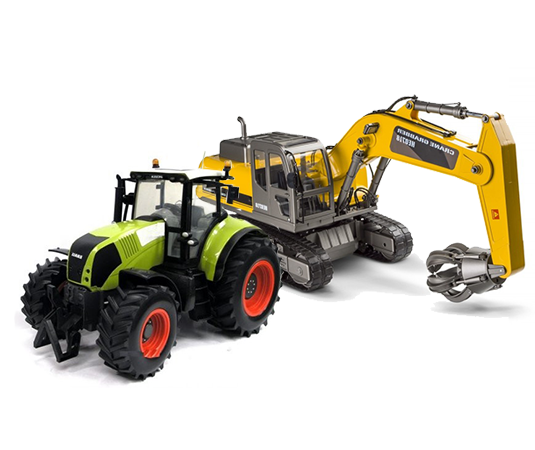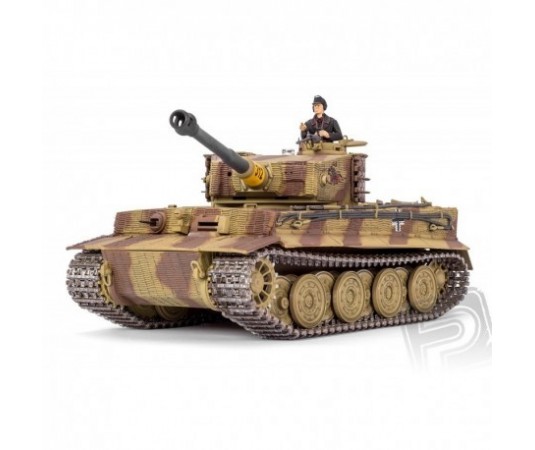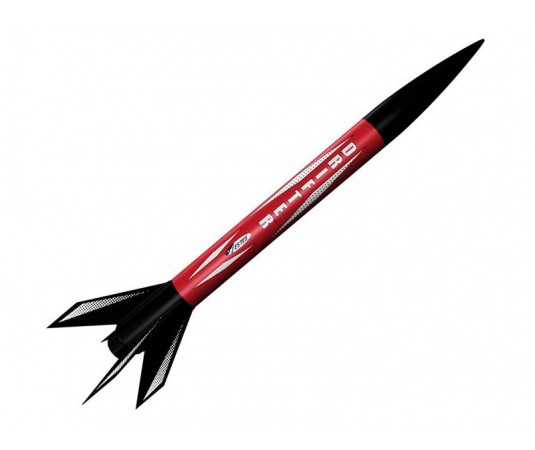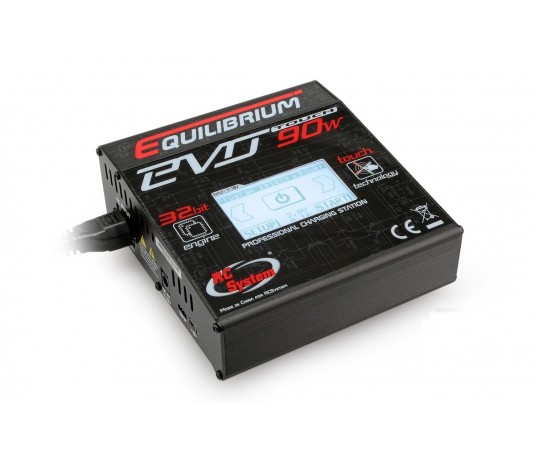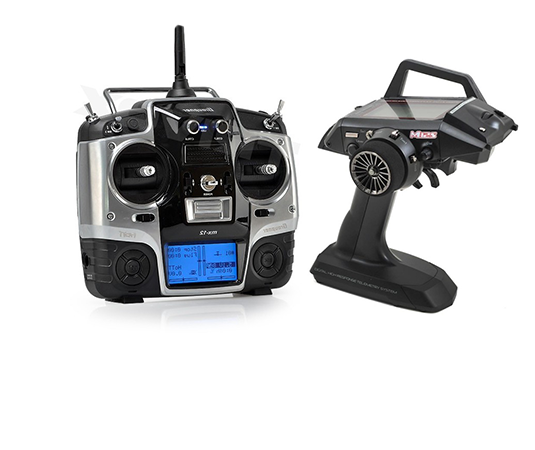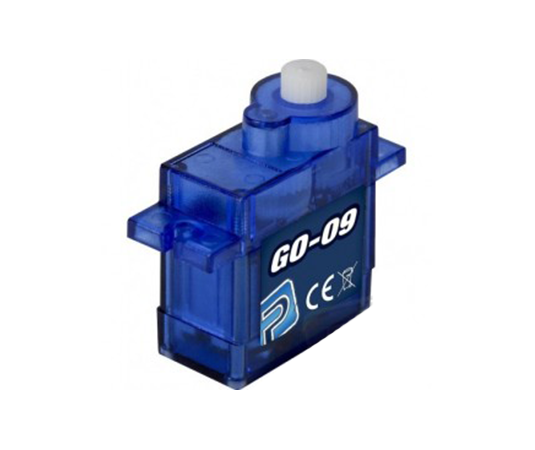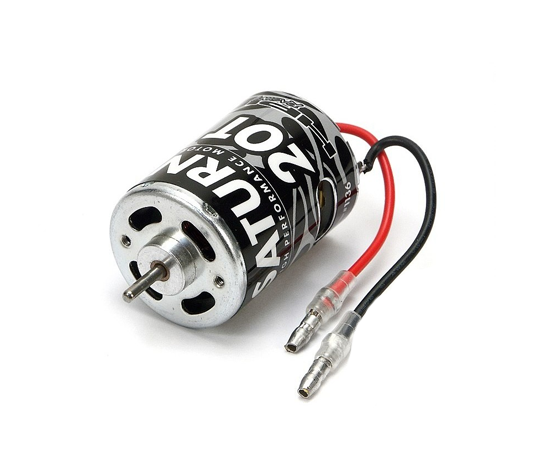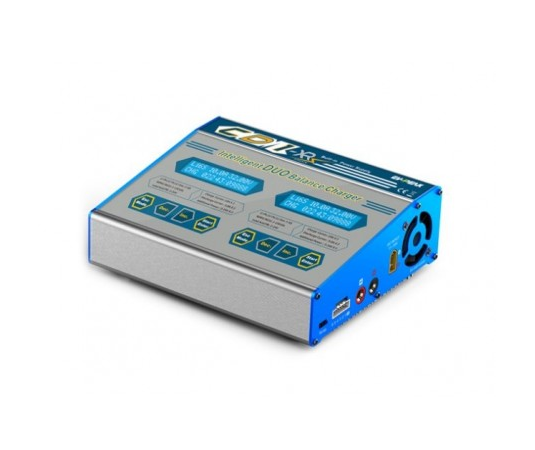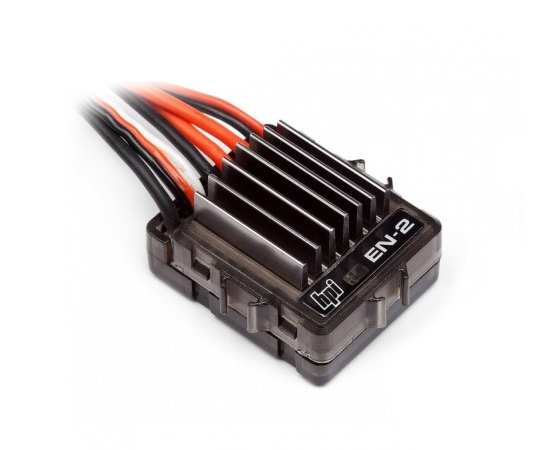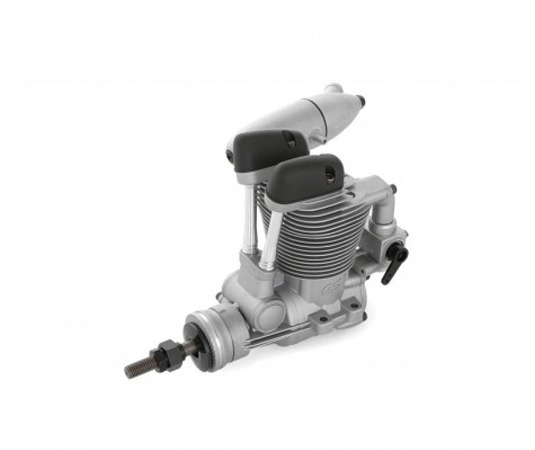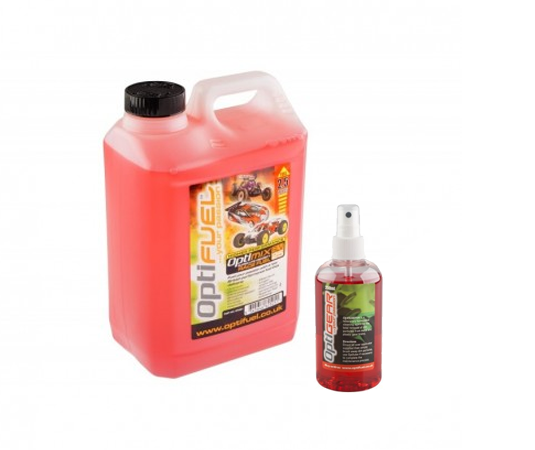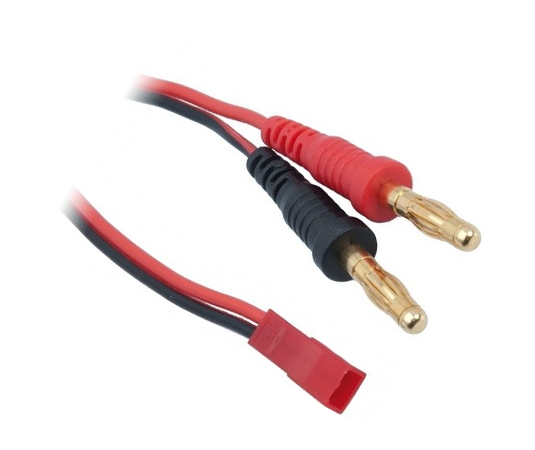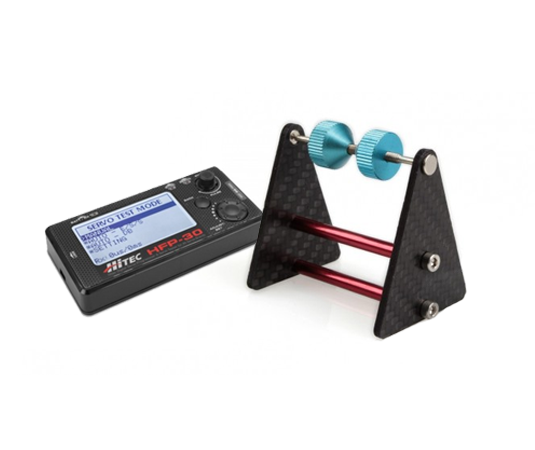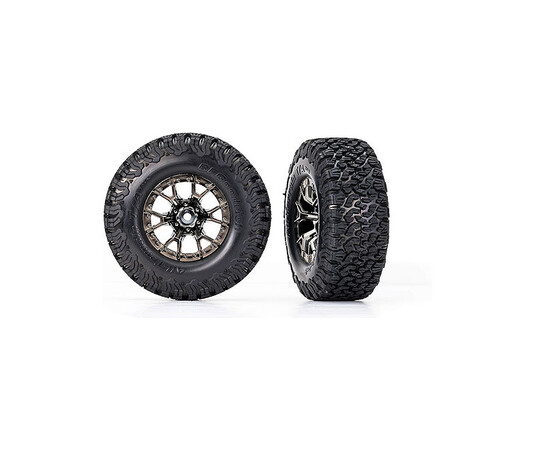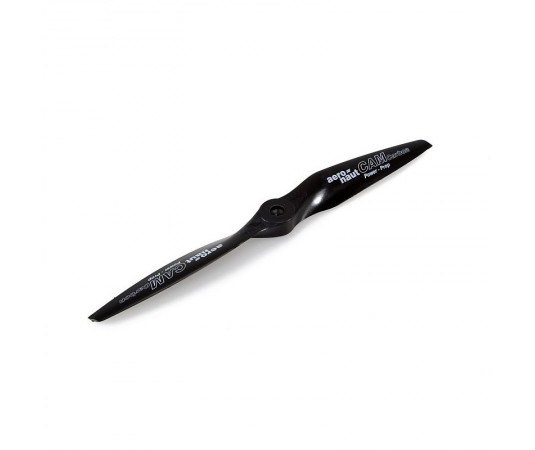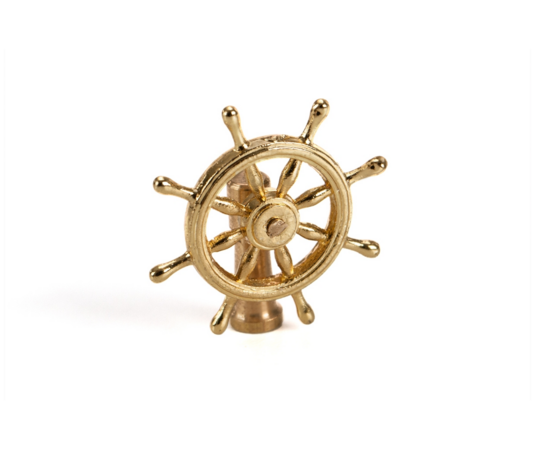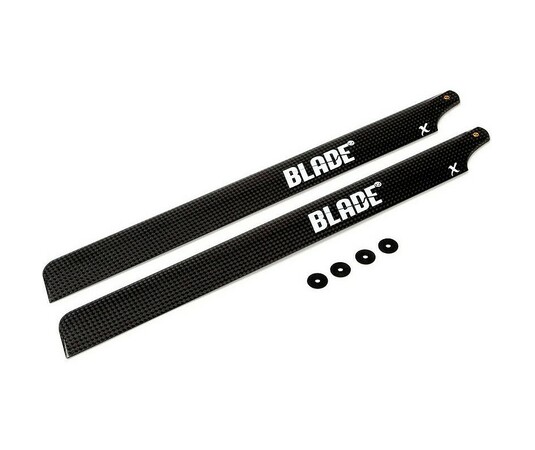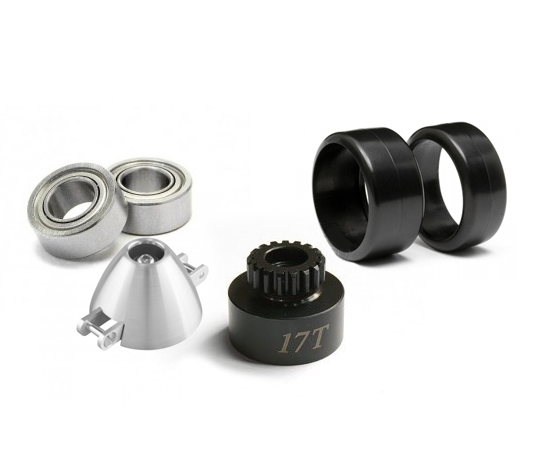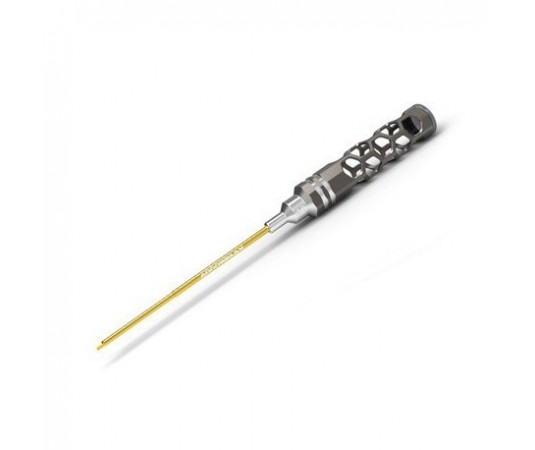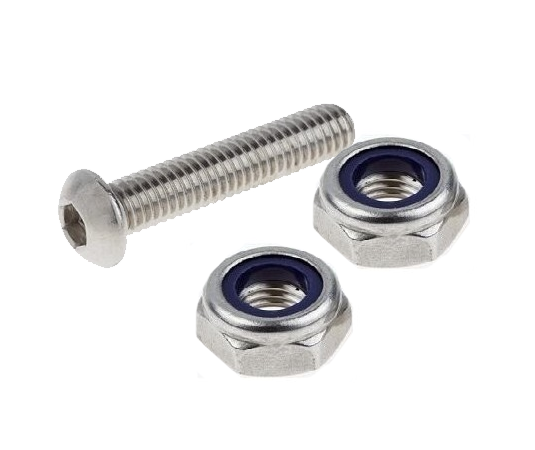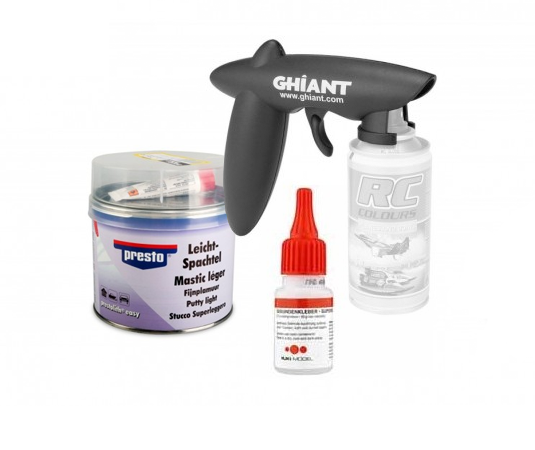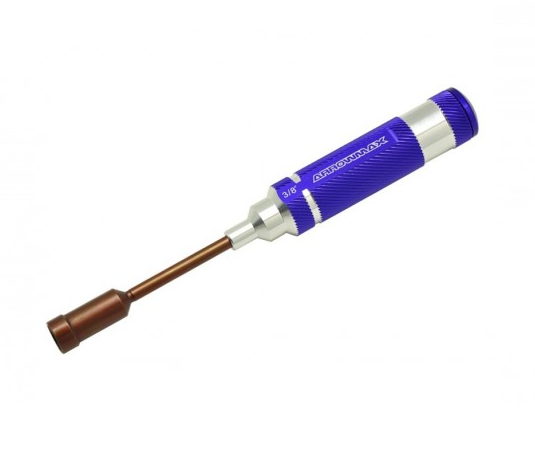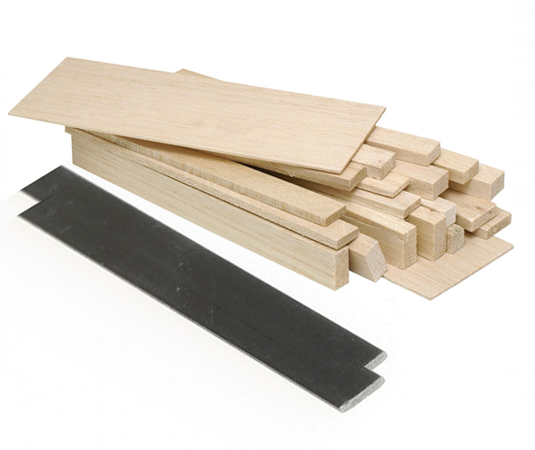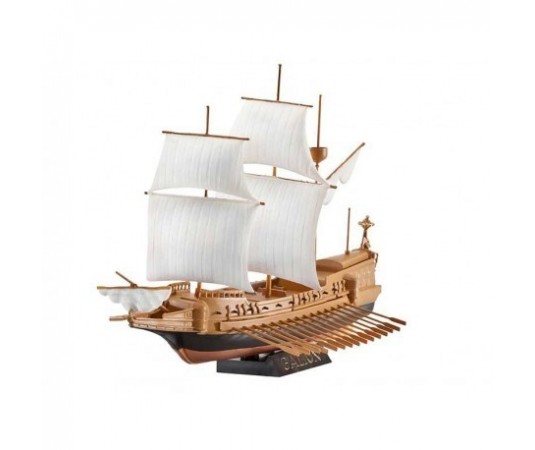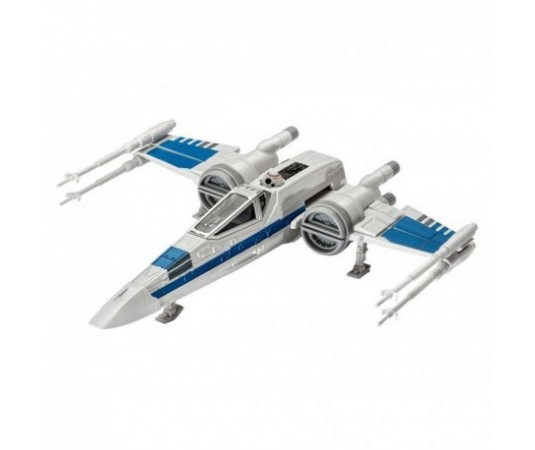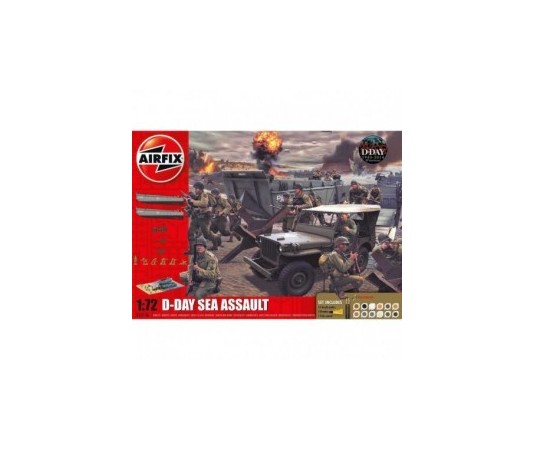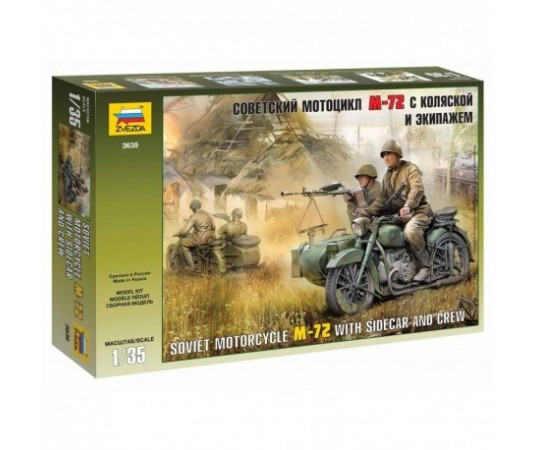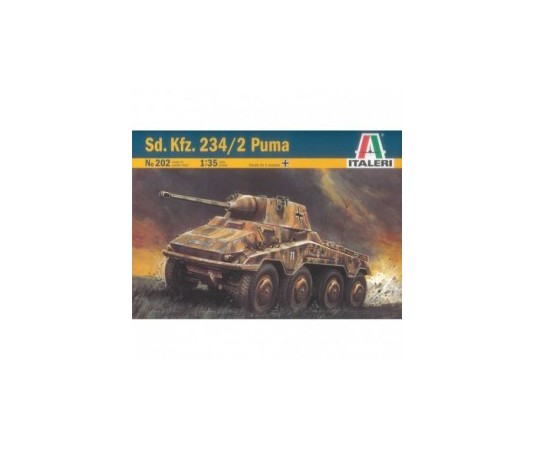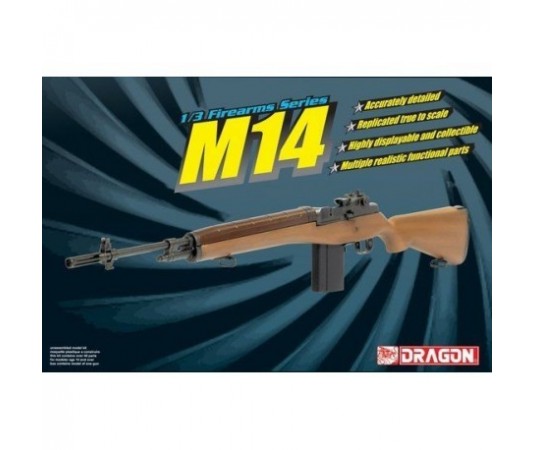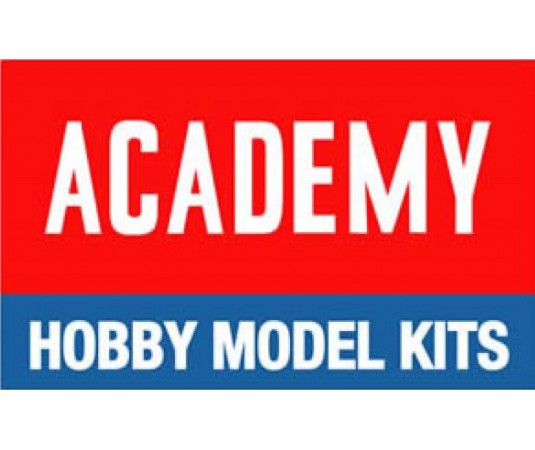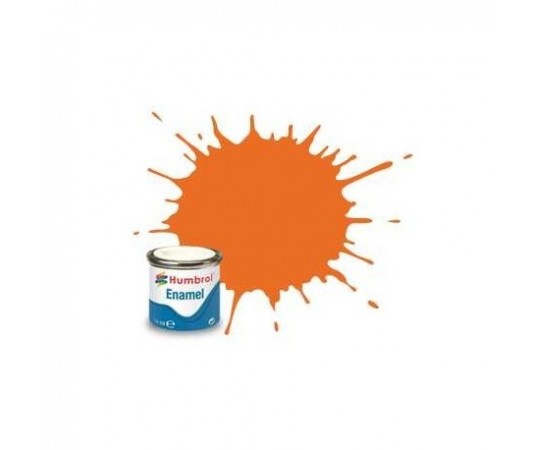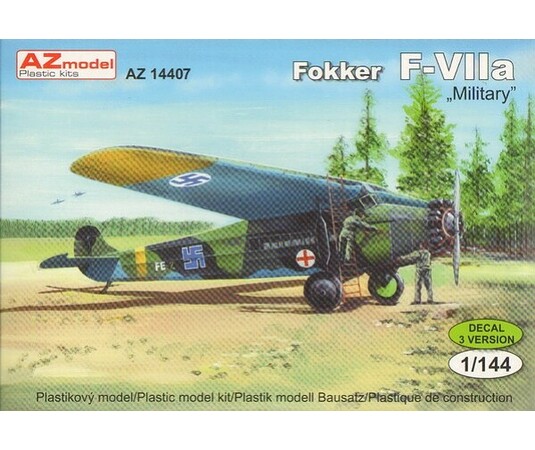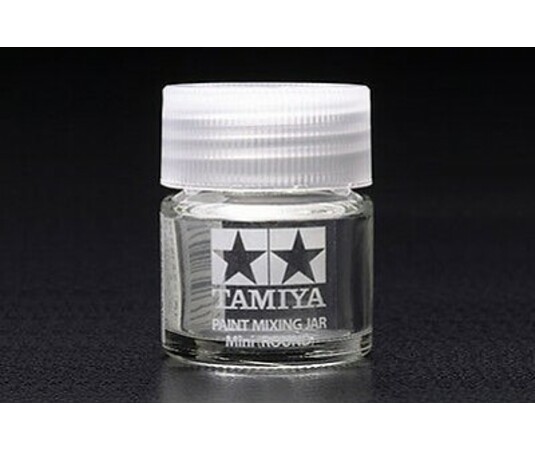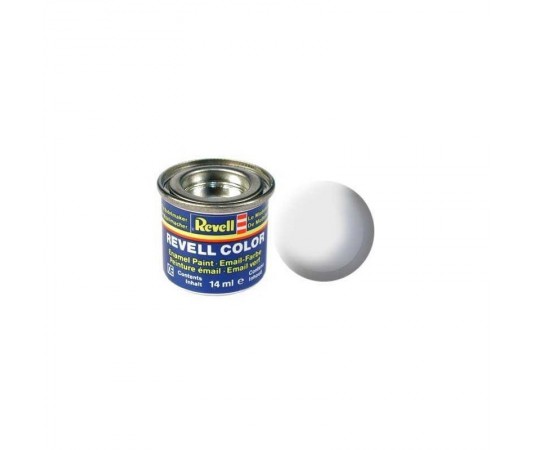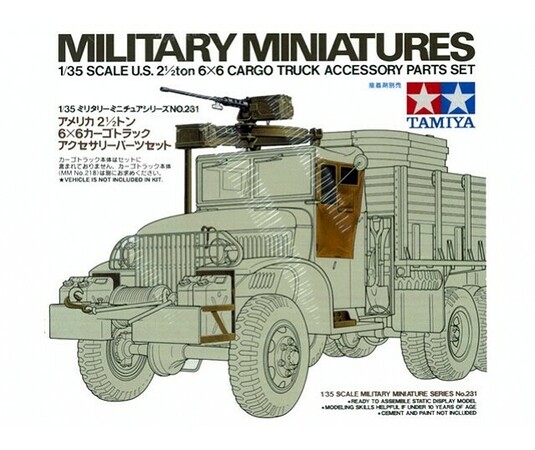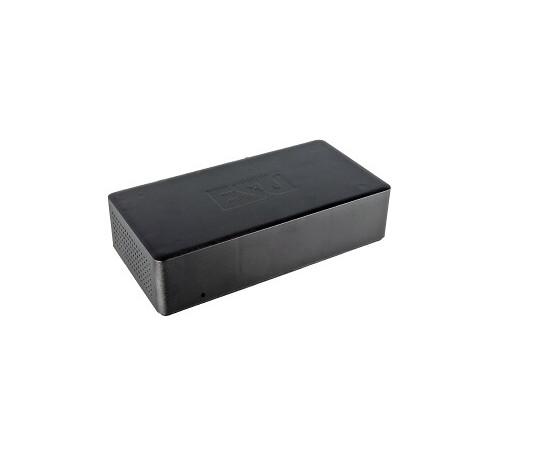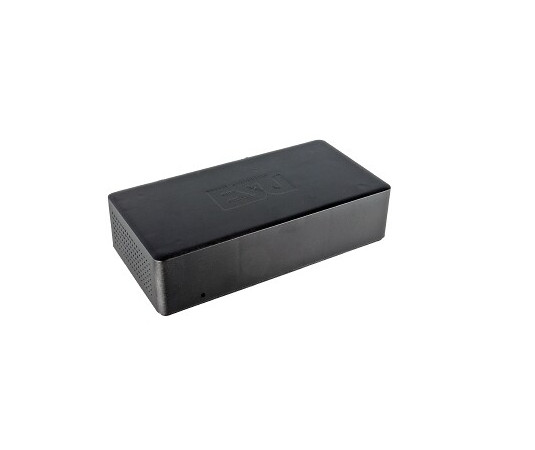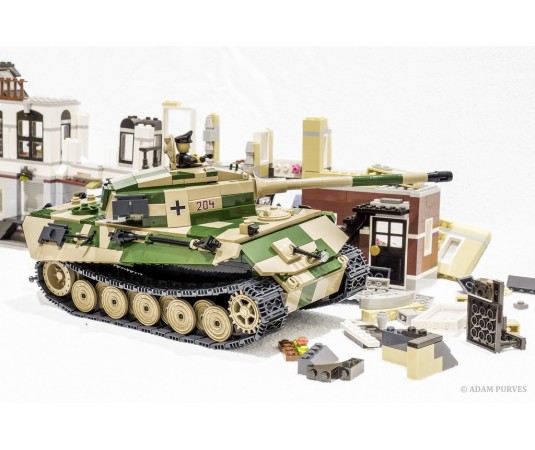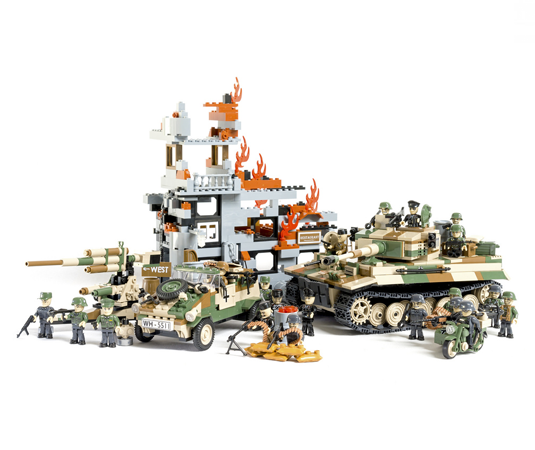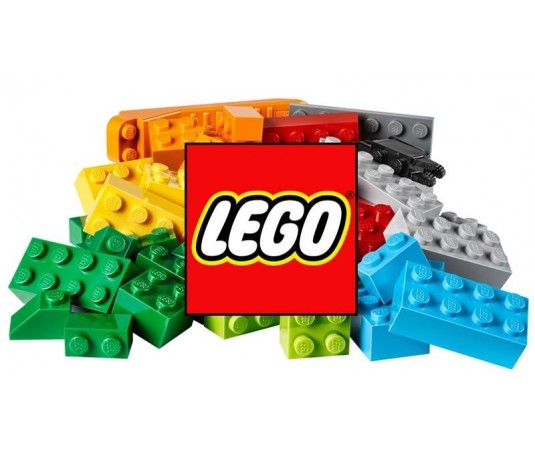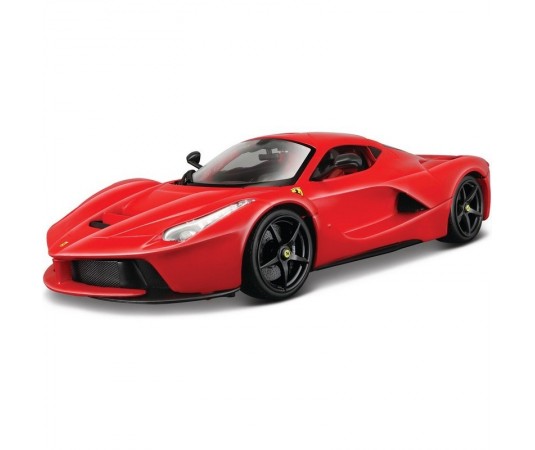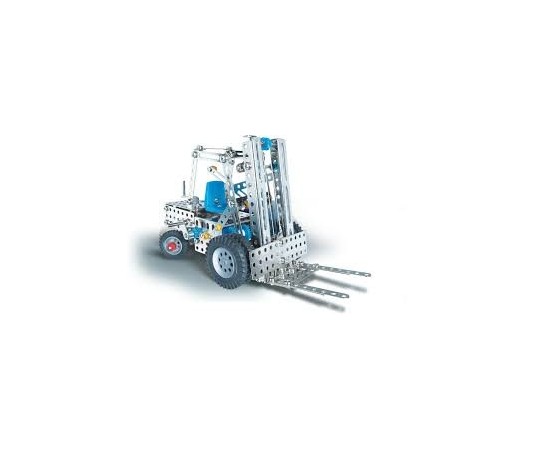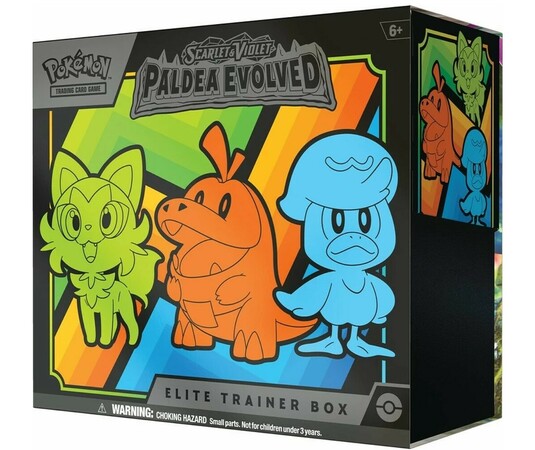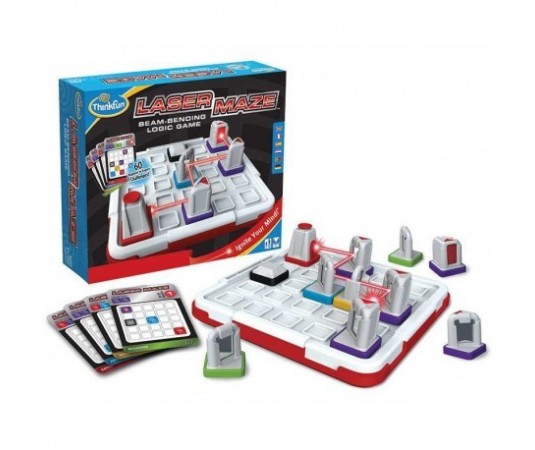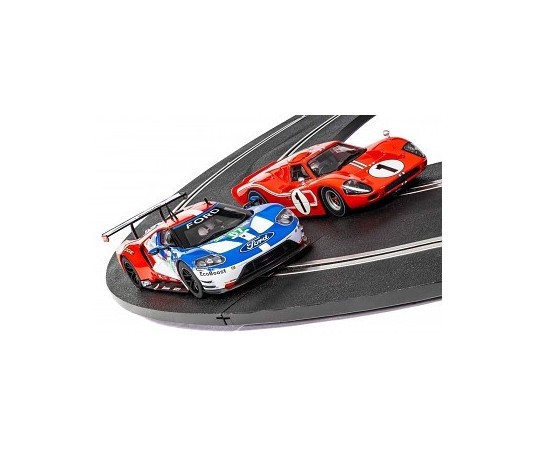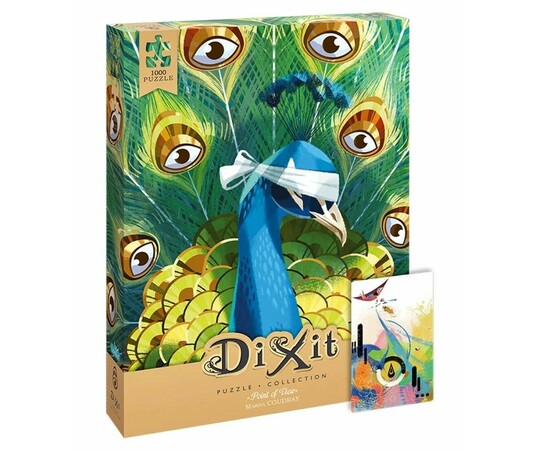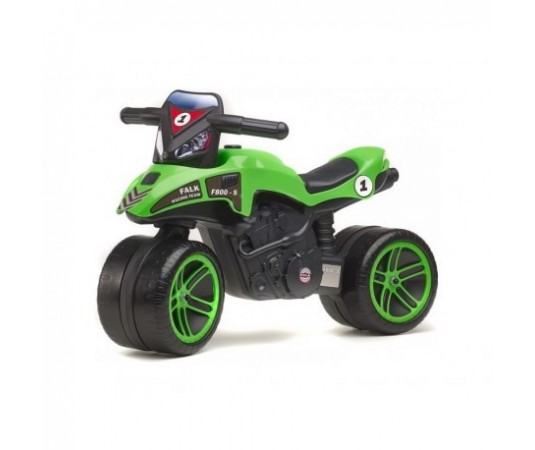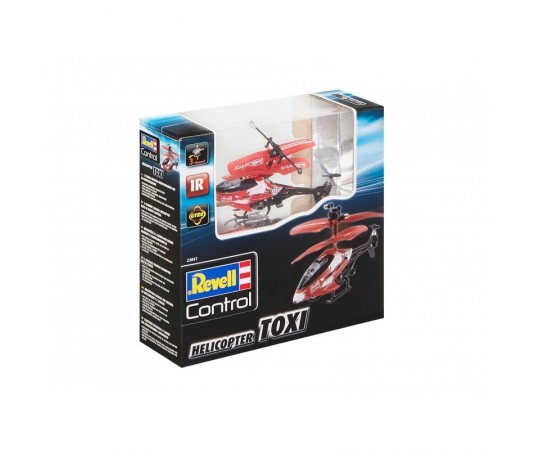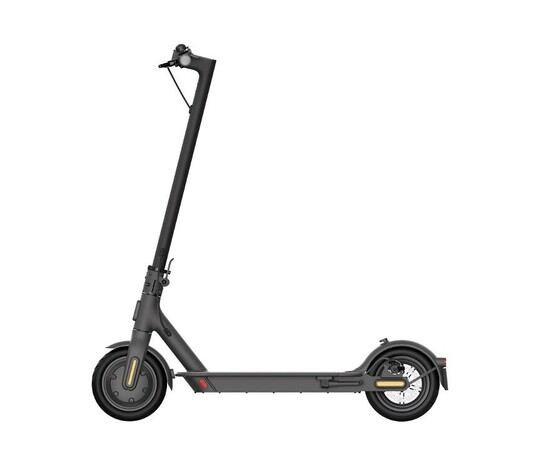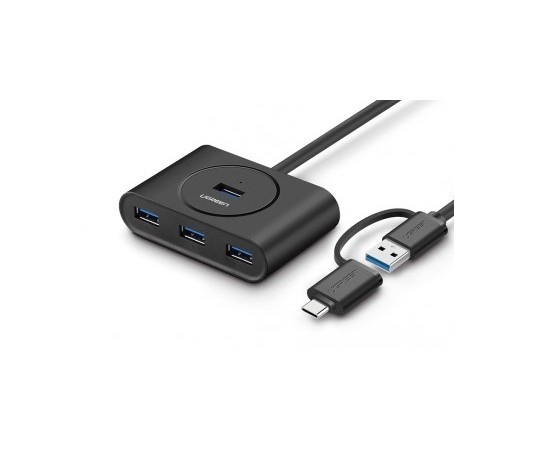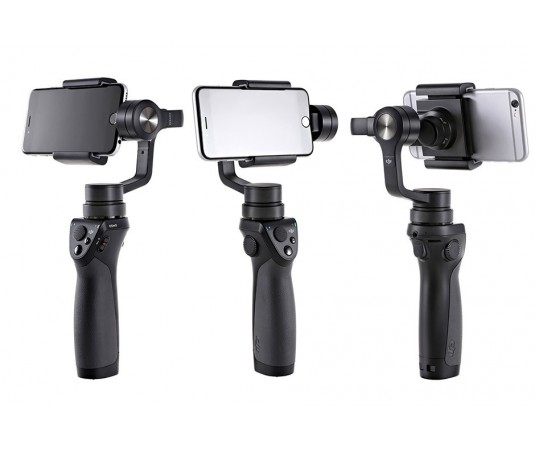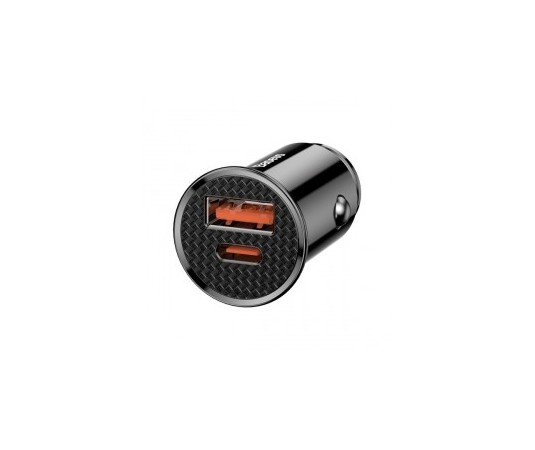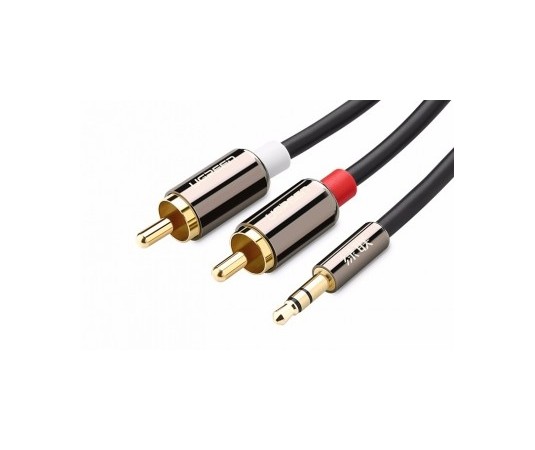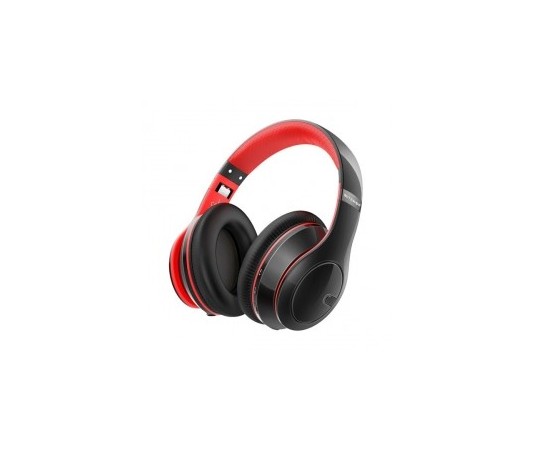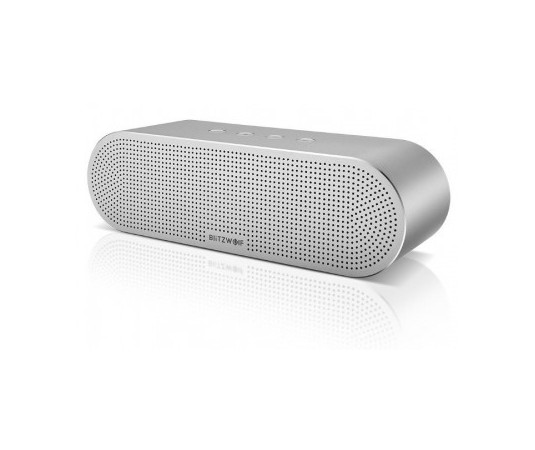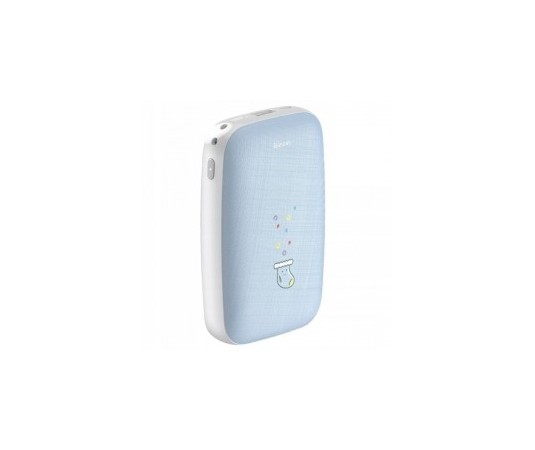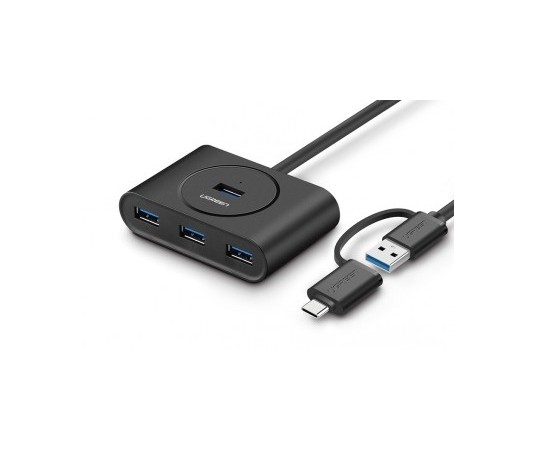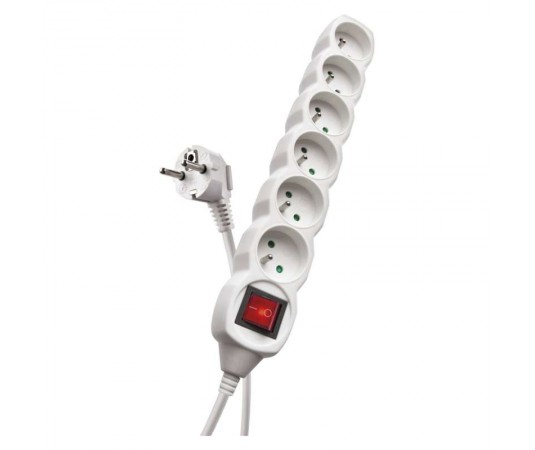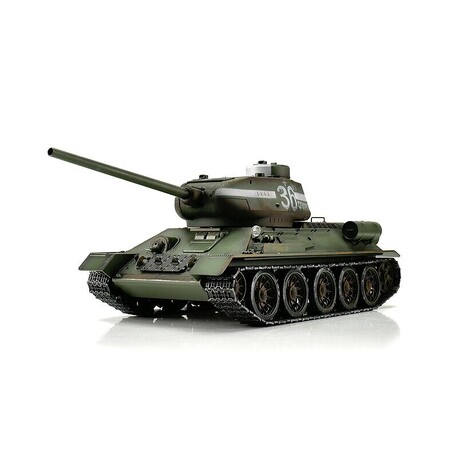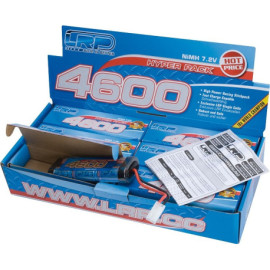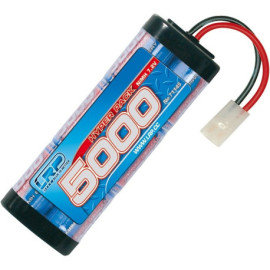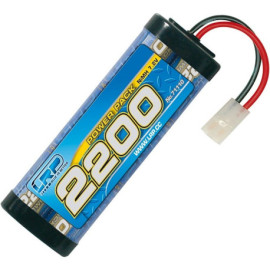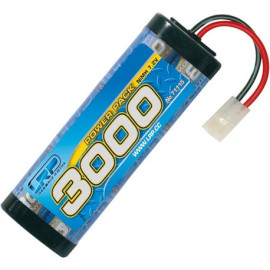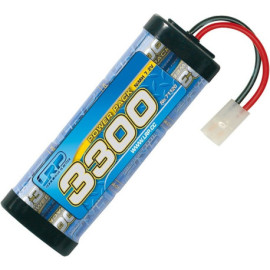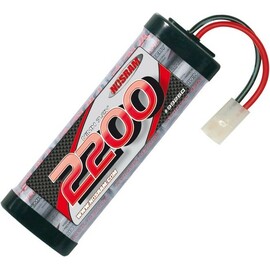TORRO tank PRO 1/16 RC T-34/85 green camouflage - infrared IR - Servo

Express delivery

Large selection of carriers

Satisfaction guarantee
The T-34 was a Soviet medium tank developed at the turn of the 1930s and 1940s, which had a major and lasting impact on the design of tanks. At the time of its creation in 1940, according to the American author Steven Zalogy, it was the best medium tank in the world. It had an unprecedented combination of firepower, mobility, protection and robustness. Its 76.2 mm rapid-fire tank cannon provided significantly higher firepower than some of his contemporaries' designs, while its slanted armor had difficulty penetrating state-of-the-art anti-tank weapons. When it first appeared in 1941, German General Paul Ludwig Ewald von Kleist called it "the best tank in the world," and Heinz Guderian confirmed the "enormous superiority" of the T-34 over the existing German armor of the time. Although its armament and protection were later overcome during the war, it is often mentioned as the most effective and influential tank structure of World War II.
The T-34 was the basis of the Soviet Armored Forces during World War II. Its design allowed continuous improvement for the evolving needs of the Eastern Front: the changes were rather partial and not very significant in the first few years, the tank really did not undergo a fundamental change until 1944 with the introduction of the T-34/85 variant. Improving production methods has also enabled faster and cheaper production. Soviet industry eventually produced more than 80,000 T-34 tanks of all variants, which allowed an increasing number of deployed tanks with the advancing war, despite the loss of tens of thousands of tanks in the fight against the German Wehrmacht. He replaced many light and medium tanks in the Red Army and became the most produced tank of the war, as well as the second most produced tank of all time (after the successor, the T-54/55 series). With the loss of 44,900 pieces during the war, he also suffered the largest tank losses of all time. Its development directly led to a series of T-54 and T-55 tanks, which gradually evolved into later types T-62, T-72 and T-90, which form the armored core of many modern armies. The T-34 variants were widely exported after World War II, and even around 2010 there was limited deployment at the front in several developing countries.
In 1939, the most numerous Soviet models were the T-26 tank and a number of BT fast tanks. The T-26 was a slow tank designed to keep up with the infantry. BT tanks were cavalry tanks: light and fast moving, designed for combat maneuvers. Both types represented the Soviet development of foreign structures from the early 1930s; The T-26 was based on the British Vickers 6-Ton tank and the BT tanks were based on the M1930 tank of the American designer John Walter Christie.
The beginnings of the development of the T-34 tank date back to 1937, when CHTZ (Kharkovskij tankovyj zavod) received an order for a tank that should replace the BT series tanks. Chief designer Mikhail Koškin was instructed in detail by his superiors that a new tracked tank was being sought, however, aware of the design limitations of this type, he also developed a variant with a purely tracked chassis (A-20), which he called the A-32. In 1938, he demonstrated both constructions in front of a committee of the USSR Defense Council, while the A-32 variant was immediately condemned by the commanders of the Red Army, Marshals Voroshilov and Kulik. Kulik, in particular, allegedly raged that the designer allowed himself to offer a non-track variant at all, and accompanied his harsh condemnation of the crawler tank concept with "professional greetings and doctrines" that would be rejected by real tank technology experts. However, to General surprise, Stalin decided that both prototypes would be built and allowed for testing. The development of the A-32 tank, renamed the T-32, could therefore continue. A difficult journey awaited him, because Kulik was later appointed chairman of the commission for assessing the competence of both types.
In 1939, an evaluation of both machines was performed. Kulik did everything possible to highlight the defects of the T-32 prototype and at the same time trivialize similar defects in the A-20 machine. Under his pressure, the commission leaned towards rejecting the machine, but in the end, under the impression of shooting tests, from which the T-32 came out better, it did not reject the machine. However, she did not dare to oppose the marshal and postponed the decision on which type to take precedence. The high command hesitated for some time, but in the end, considering the much greater potential for further development of the T-32 type, it decided to recommend it for series production in a somewhat modified variant, which was later named T-34.
Compared to other types of medium tanks, the T-34 achieved a very favorable value of specific pressure of 0.64 kg / cm2, which had an effect on driving characteristics and maneuverability in difficult terrain. The quality of tank armor, the processing of which was rather rough, was higher than comparable foreign machines. The biggest weakness of the tank was the ergonomic design of the tower, which made it difficult to control the tower and fire. The unrestricted view from the tower hatch was hindered by the T-34 commander's cumbersome hatch, which opened to the front. At the rear of the tower was an unfortunate rear overhang, which directed the incident missiles directly at the vulnerable bearing of the tower, or under which the German anti-tank infantry laid plate mines in combat. The tower was originally made of welded rolled steel plates, but later a cast tower was used more.
The low silhouette of the vehicle was rather an advantage, but on the other hand meant limiting the range of angles of elevation of the cannon and coupled machine gun. T-34 from 1940 was armed with a short cannon L-11 model 1938 caliber 76.2 mm, from 1941 began to mount a cannon F-34 of the same caliber, but with a higher initial speed, which was in terms of range and penetration large advantage. The machine gunner, who was also a radio operator, had a 7.62 mm DT machine gun available in a ball bed. At the beginning of the war, only tanks of company commanders were equipped with radios, but over time, their number began to increase. The crew members inside the tank communicated with each other using an internal talking device. The first tank models were usually equipped with a Mikulin M-17 engine from the BT series tanks, which was a licensed engine of the BMW VI. The machines manufactured after 1940 were already equipped with a twelve-cylinder V-2 diesel engine with an output of 493 horsepower. The diesel engine was also appreciated by Soviet tankers for the fact that the diesel did not ignite and explode as easily when the machine hit, as with the enemy's gasoline-powered machines. The transmission was originally four-speed. The tank was controlled by two control levers, a gear lever, a clutch pedal and a brake pedal. Its operation was strenuous due to the absence of power steering. The drivers had a hammer on hand, which they quite often needed to tap the lever they were to take. Despite these shortcomings, the tank and the crews themselves were popular for its simplicity and unpretentiousness. Many repairs could be done literally "on your knees," which was a great advantage in the harsh conditions of the Eastern Front. By matching the most important criteria, which were armament, armor and mobility, he surpassed any tank produced at the time.
The first versions of the tank were armed with 76 mm cannons, so they are referred to as T-34/76. It was a somewhat diverse group with many different modifications and differences in terms of production technology. Its biggest advantage, however, was the simple construction, which allowed the Soviets to build it in almost unlimited numbers. However, the T-34 in its first version also had its major design flaw. This was the battle tower, which when viewed from the front perfectly matched the sloping lines of the side armor of the hull, but it was too small, so in addition to the F-34 cannon only fit a gunner and commander, but no charger. Especially in fierce skirmishes with German tanks, this meant a huge disadvantage, because the commander had to charge the driver and shooter in addition to a cannon, whose supply of ammunition was mostly under the tower floor, which had to be removed before. aggravated in addition by the need for constant vigilance.K The F-34 anon had a relatively large recoil, which was paid for by many Russian tank commanders with their lives. The Soviets managed to partially solve this problem with the T-34 / 76D variant with a new hexagonal tower with a larger interior space; but still double. From the end of 1943, the T-34/76 was gradually replaced by a version of the T-34/85 with a new, three-seater turret equipped with a ZiS-3-53 cannon caliber 85 mm, with which, unlike its predecessor, it was able to pierce the frontal armor of German heavy Tiger I and Panther tanks, which greatly surpassed the T-34/76. T-34/85 was an appropriate answer, although the question of the balance of power between him and his aforementioned opponents is still a source of passionate controversy among experts and admirers of both types.
T-34-85
After improved German Panzer IV tanks with a long 75mm cannon appeared in combat in 1942, a completely new Soviet tank project was launched to increase armor protection while adding modern features such as torsion bars and a three-turret. This new type of T-43 was to be a universal tank that would replace the T-34 and heavy tank KV-1. The armor of the T-43 prototype, although heavier, was still not enough against the German 88 mm, while its mobility was worse than the T-34. Although the T-43 shared more than 70% of its components with the T-34, it would still require a significant slowdown in production. As a result, the development of the T-43 was canceled.
Not only did the German tanks gradually have better armament, but also armor. After the Soviet troops managed to capture the Tiger I and conduct tests with it, it was indisputable that it was necessary to improve the technical parameters of the T-34 tank, both by strengthening the armament and in terms of passive protection. The Soviets soon found a relatively simple and technically undemanding solution, when they mounted a modified turret from a heavy tank KV-85 on the chassis of the existing T-34/76 tank. [ 26] At the end of 1943, the first 300 pieces of T-34/85 tanks were produced. His armament was the D5-T cannon, which was used in IS-1, KV-85 tanks and SU-85 self-propelled guns. Due to problems with the supply of these cannons were from March 1944 mounted in T-34 tanks S-53 cannons and from the summer ZIS S-53 (L / 53), both caliber 85 mm. The secondary armament of the tank were two machine guns DT 7.62 mm caliber, one in the tower, the other at the head of the hull. The drive was a diesel engine V-2-34 with an output of 500 HP. The chassis consisted on each side of a tension wheel at the front, a drive wheel at the rear and five large castors, which were mounted on trailing arms. In 1944, 10,647 pieces were produced and in 1945 12,551 pieces of T-34/85.
From the second half of 1943, new tanks and self-propelled guns began to flow to the front, which were to ensure a significant advantage over German technology. The backbone of the troops and the most common type of tank still remained the T-34 tank. The ideal idea of the Soviet commanders was that during the offensive combat T-34 tanks will follow the first wave of heavy tanks KV and IS. Further waves of tanks were to penetrate the enemy's position and develop the breakthroughs created. During the defensive battle, the tanks behind the infantry were to remain, ready to clash with German tanks, which managed to penetrate the Soviet lines. In defense, the T-34 was to cooperate with self-propelled guns SU-85, SU-100 and SU-122 and create a deep defense. In 1943, there was also a significant improvement in the training of Soviet tank crews, their cooperation with other types of troops, tactics and organization in combat improved, so that they gradually settled with German tankers.
In 1944 and 1945, the Soviets sent massive tank armies into offensive operations. They were able to concentrate over 200 tanks on a section of one and a half kilometers. In the spring and autumn of 1944, the Germans retreated through muddy territory, where only T-34 tanks could move. These maneuverability, together with the growing quantitative superiority of Soviet tanks, resulted in a relatively rapid advance of troops even in adverse climatic conditions. If in 1941 there were six to seven Soviet tanks per destroyed German tank, then at the end of 1944 this ratio was one to one. The production of T-34 tanks with a 76 mm cannon definitively ended in 1944, and since then it has been produced only with an 85 mm cannon. In addition to the classic tank, the Soviets produced T-34s in various variants, such as flamethrower, bridge, demining and rescue. The T-34 tank fought many more battles before it reached Berlin, and became the most significant symbol of the victory of the Communist Soviet Union over Nazi Germany.
True to detail in 1:16 scale
Weighing around five kilograms, the T-34/85 green camouflage is ideal for the discerning customer. In the professional edition, it is characterized by excellent airbrush color quality, 2.4 GHz printed circuit board technology and a new speaker. This model has excellent driving characteristics, a wide range of functions and a realistic sound. High quality belts, drive and guide wheels with rollers, as well as the lower part of the fuselage and the turret are made of metal. Many small parts and various stickers perfectly complete the replica of the faithful scale.
Controls and functions
The powerful tank model has 2.4 GHz RC control. The vehicle is equipped with an IR battle system, so battles with vehicles from the same series are possible. Engines with optimized torque give the T-34/85 green camouflage a precise and smooth ride. Metal gears with robust gears and improved transmission ensure greater performance. Thanks to the proportional control, you can approach the tank very slowly and gradually increase your speed. T-34/85 green camouflage moves forward and backward, also with left and right rotation. It can also be turned left or right on the spot. You can raise and lower the cannon and rotate the turret 360 degrees. The realistic experience is completed by various engine sounds, barrel recoil, barrel flash and exhaust smoke.
Package contents and technical parameters / functions
- RC T-34/85 green camouflage IR, professional edition Torro in scale 1:16
- Torro wooden box for transport and storage
- Weight: approx. 4.2 kg
- 360 ° rotation of the tower
- 2.4 GHz remote control
- Metal gearbox with a gear ratio of 1: 4
- NiMH set 7.2V
- Charger 220V / 7.2 V, charges 400 mAh
- Smoke generator and sound module
- Smoke liquid
- IR battle system
- barrel recoil + NEW additional barrel control function thanks to the servo up and down
- flash barrel
- small parts, set of accessories, decals
Technical equipment
- Color: green camouflage
- Combat function: IR
- Chains: metal
- Rollers: metal
- Suspension: Suspension on a torsion bar
- Tower rotating ring: 360 °
- Tower: metal
- Bottom tub: metal
- Gearbox: steel gearbox
- Scale: 1/16
- Edition: Torro Pro-Edition
- Design: RTR model
- Steering and travel wheels: metal
- Torsion arms: metal
Warning:
- Use only under the direct supervision of adults.
- Recommendation for age: 14+
- Not suitable for children under 36 months of age.
- Danger of suffocation due to small parts


